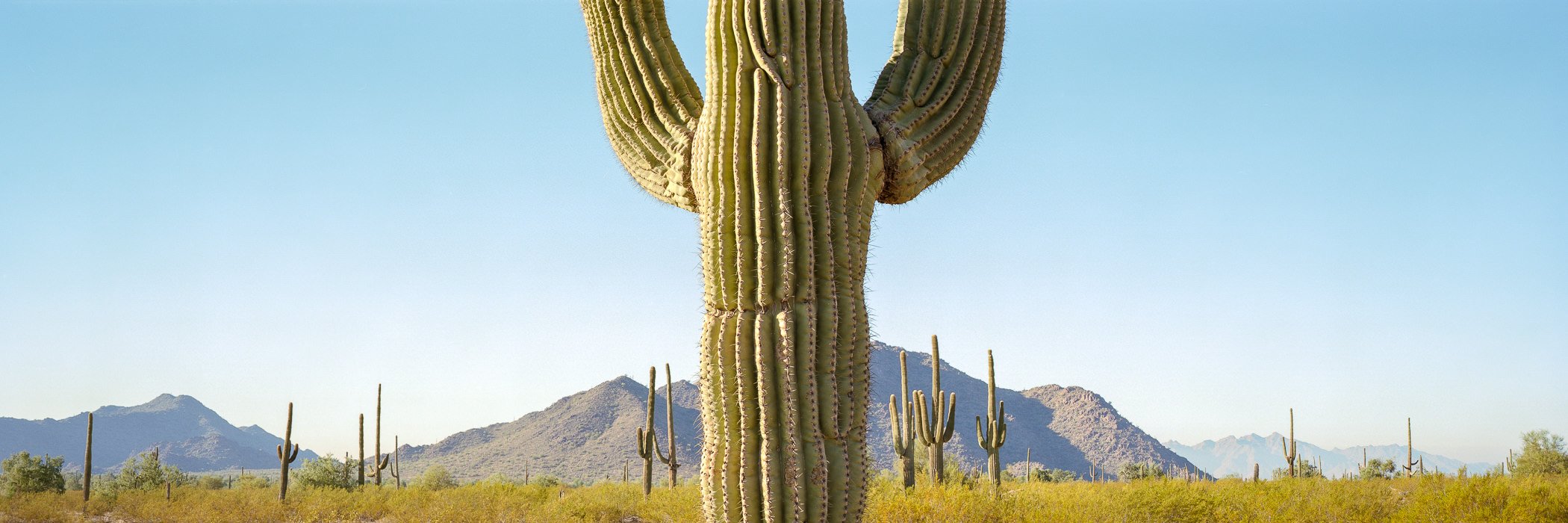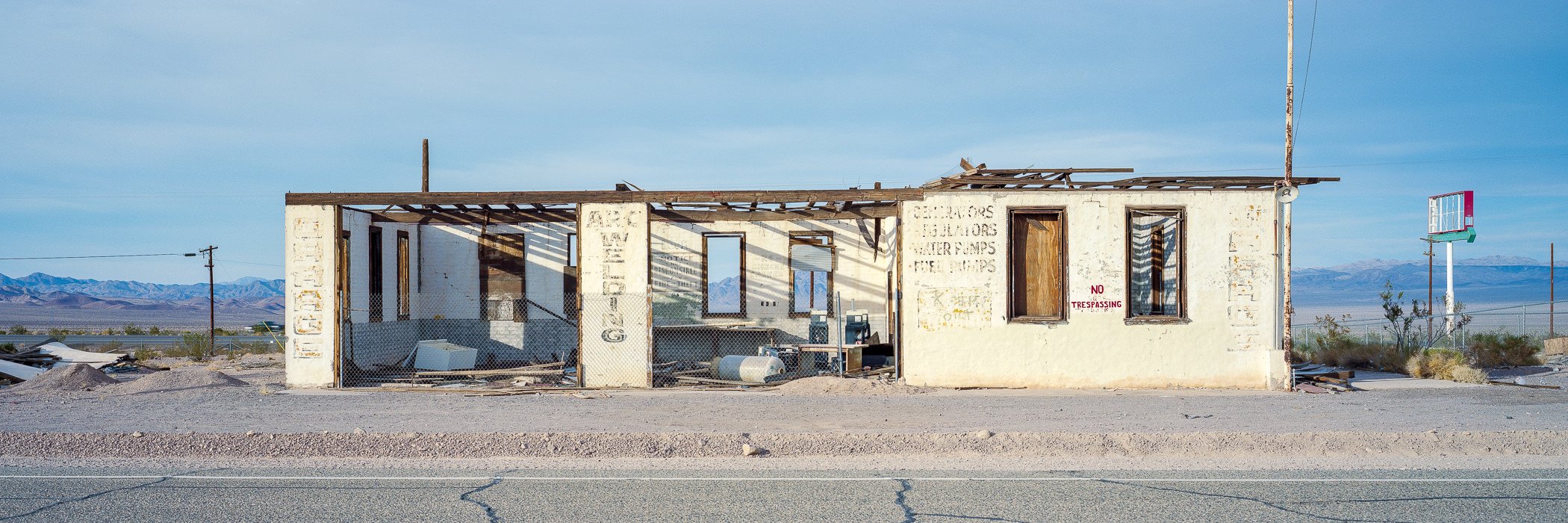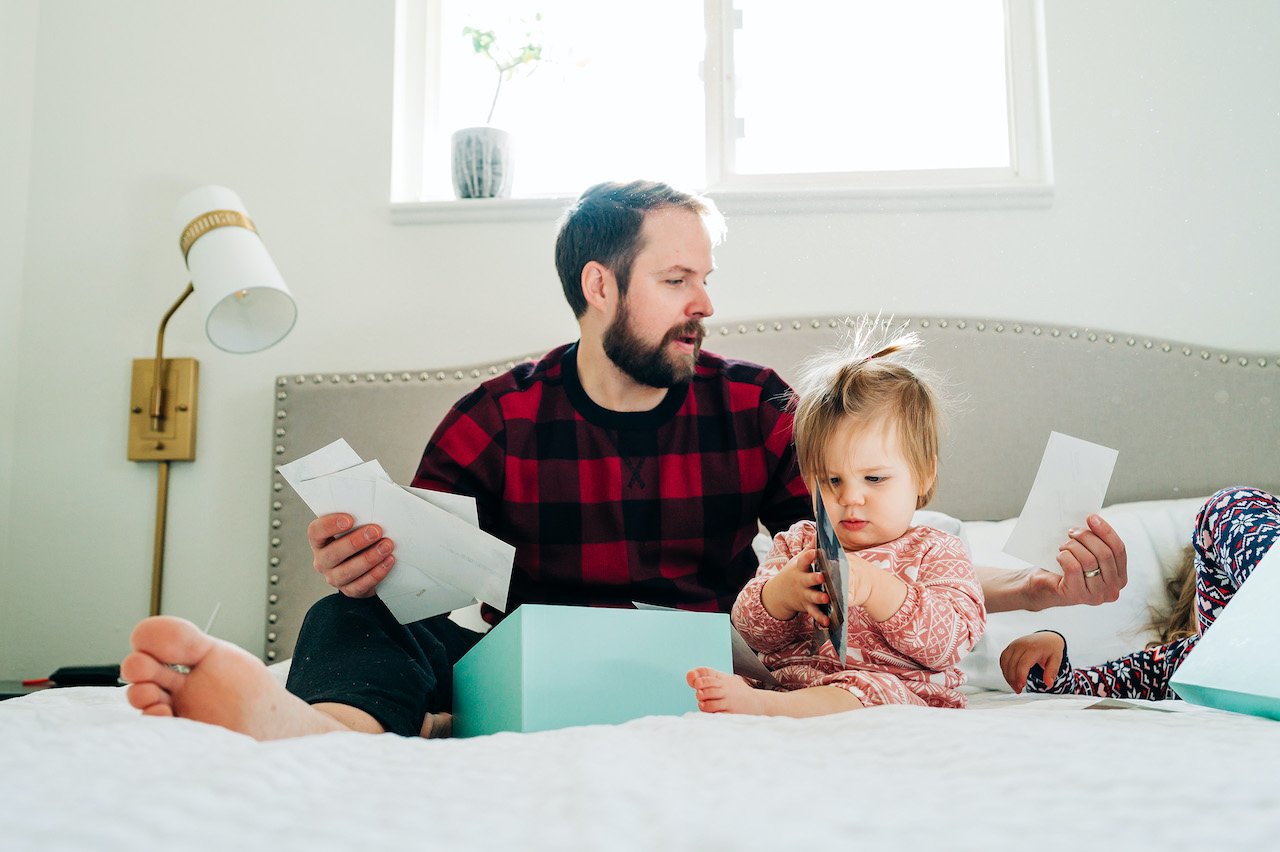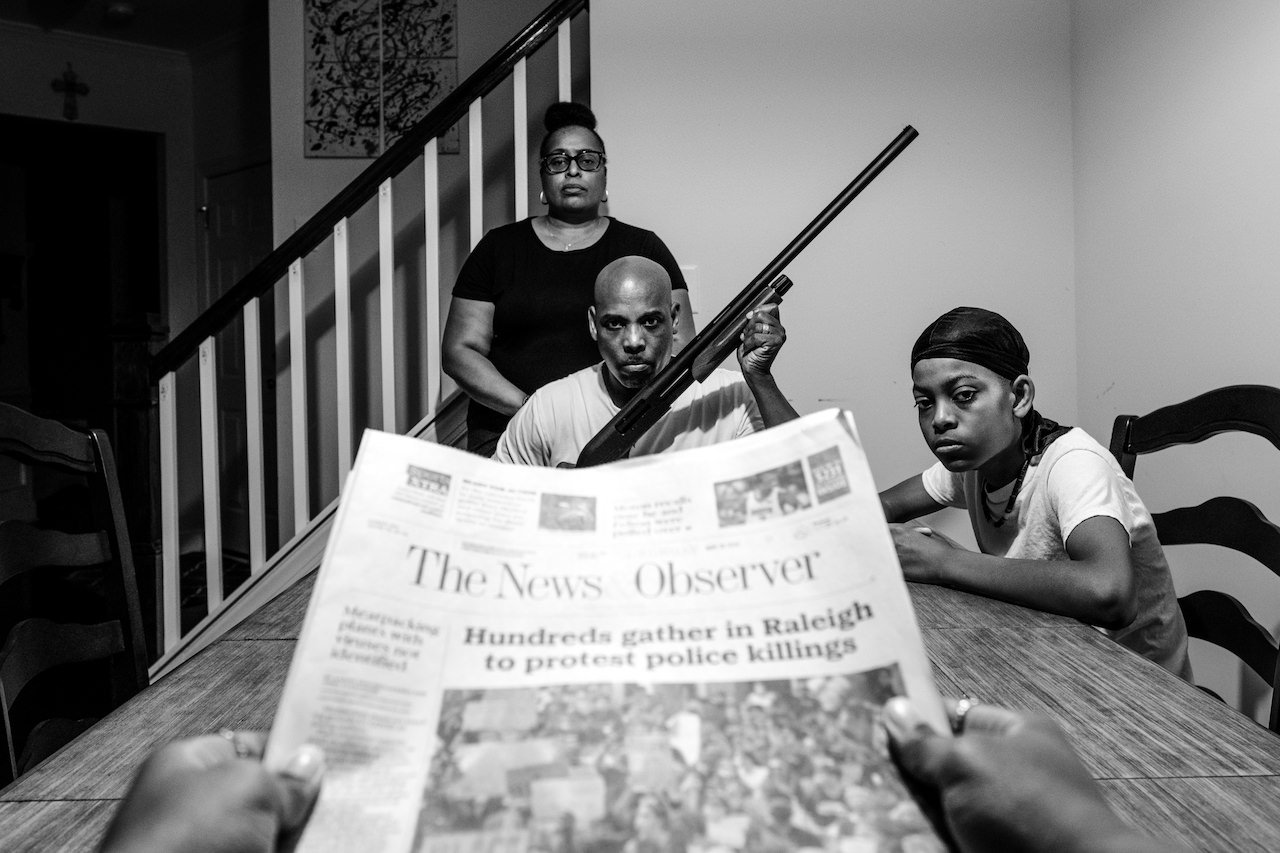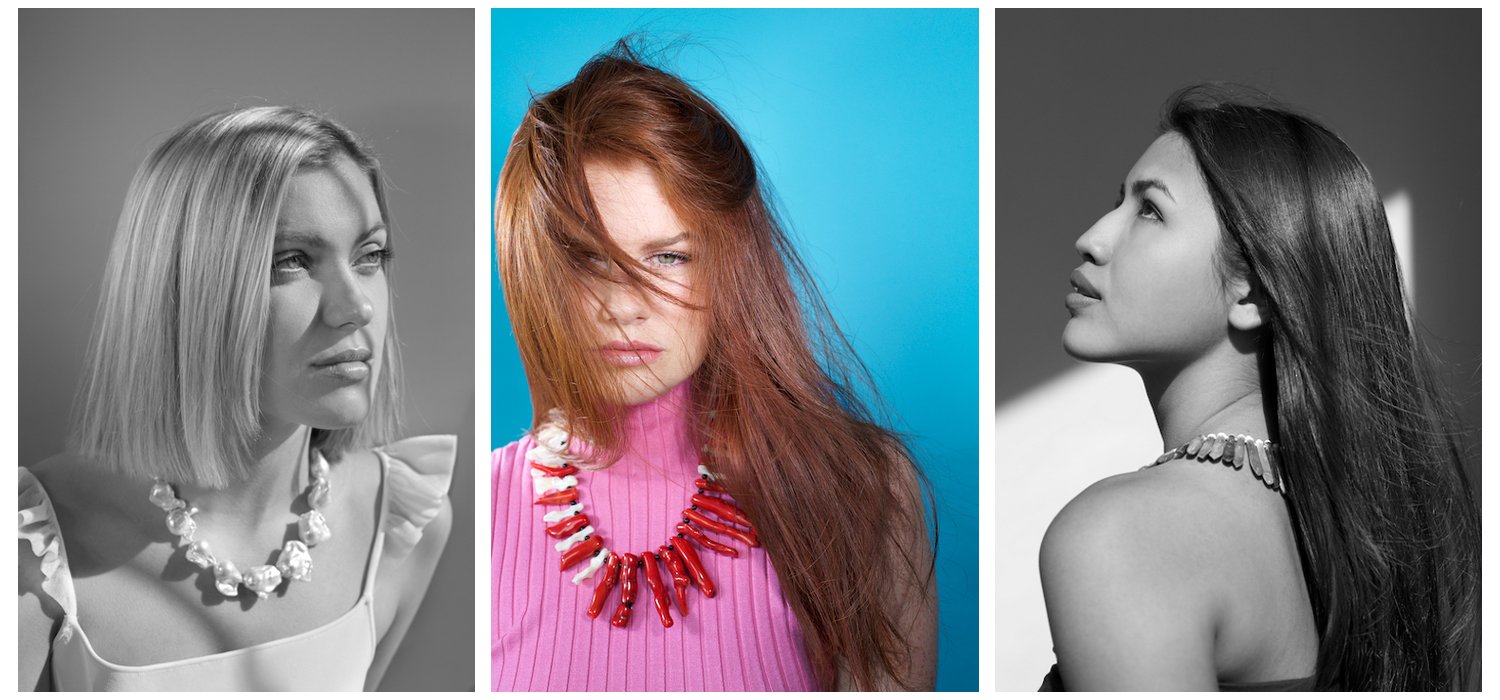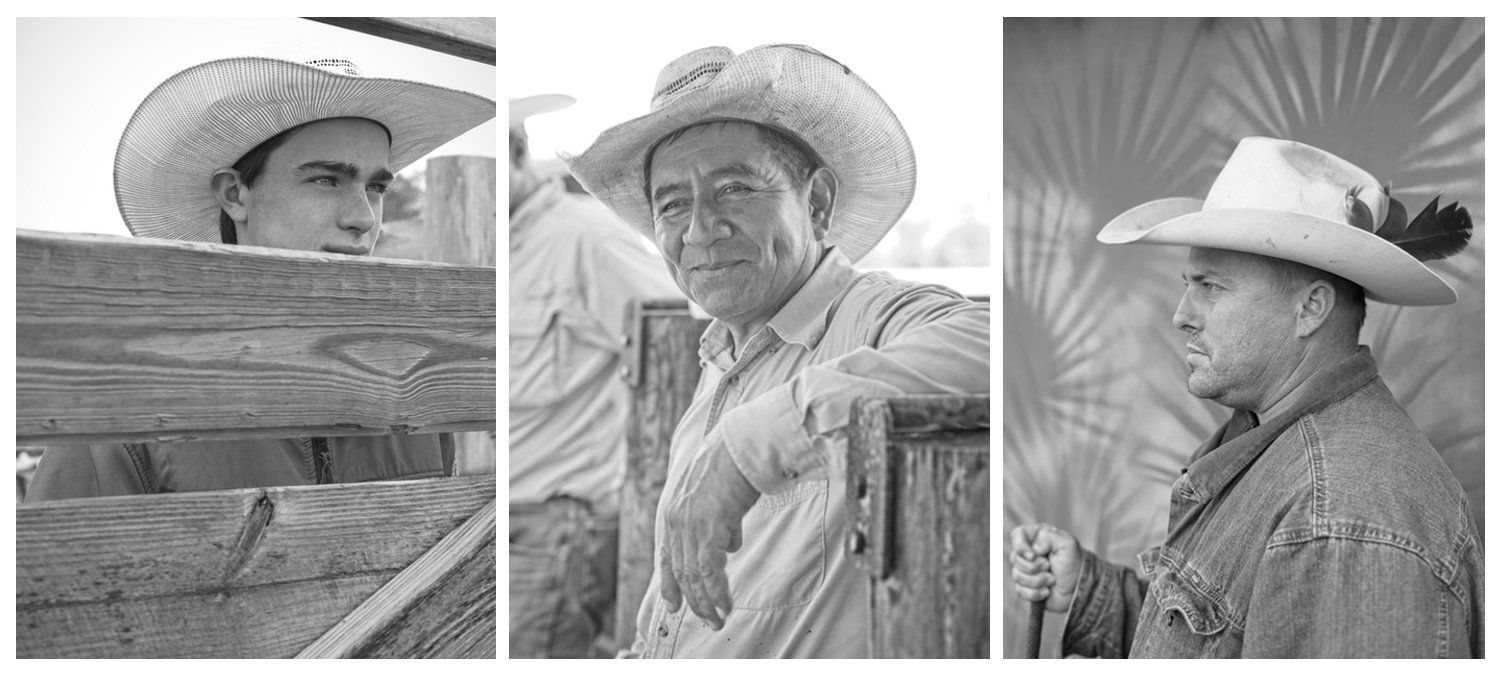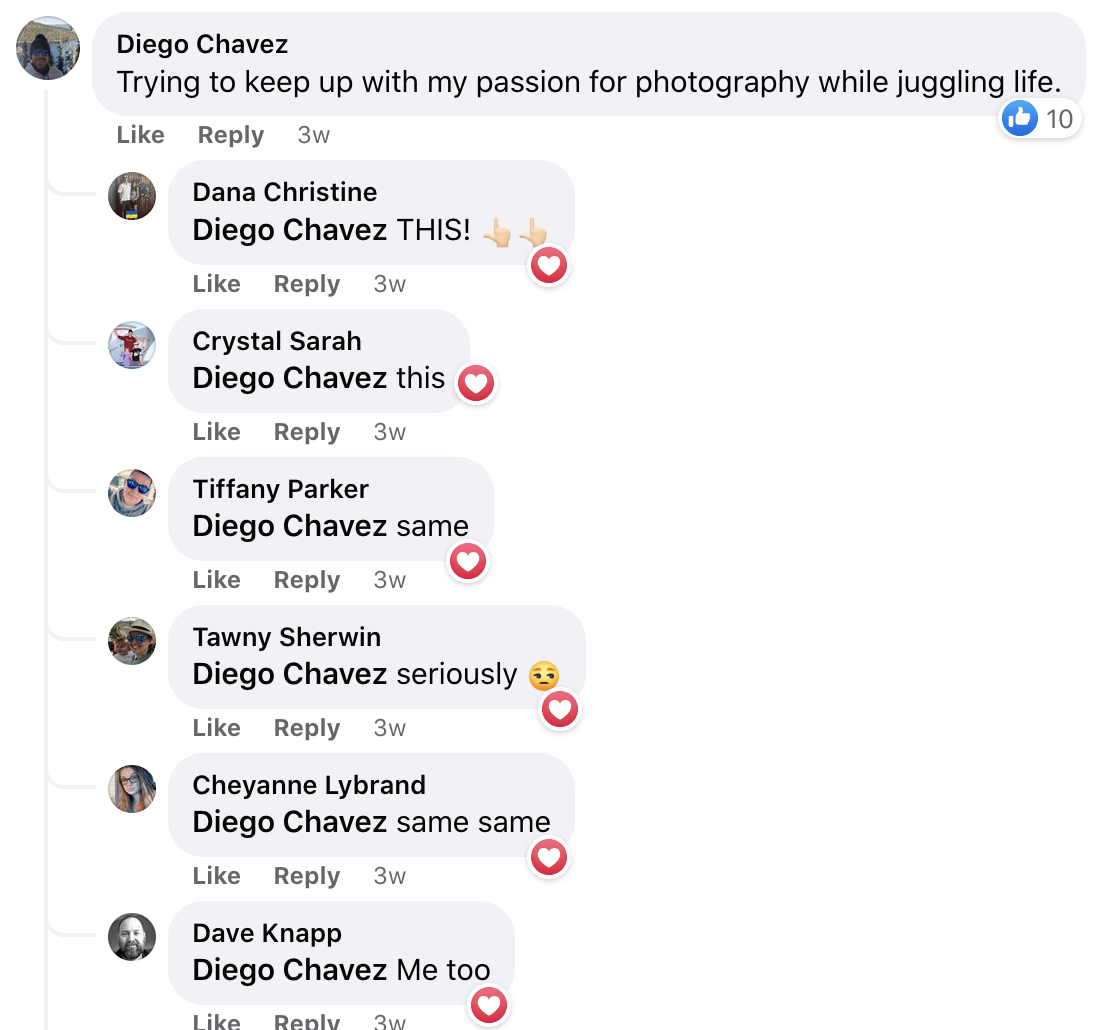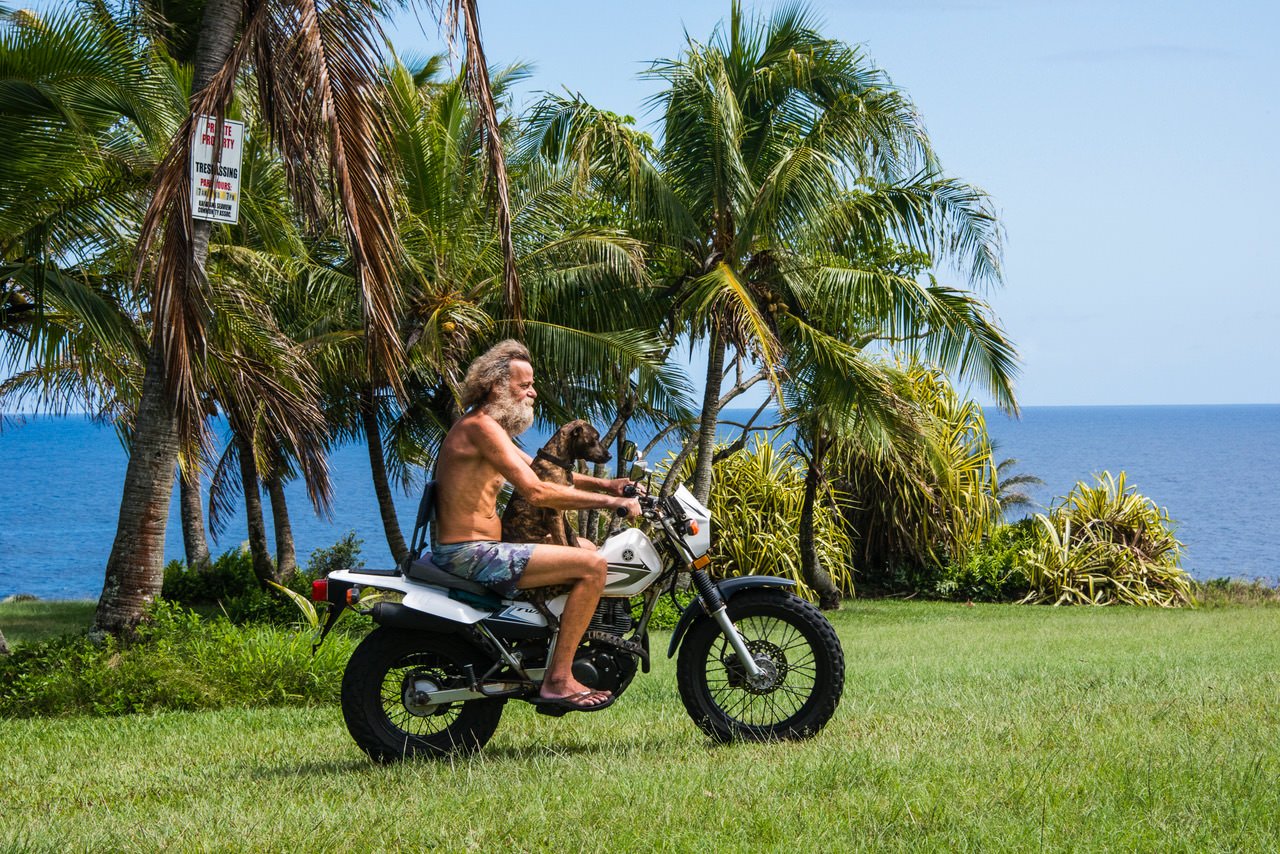Pete Souza, former Chief White House Photographer, speaks with Raymond Hatfield on the Beginner Photography Podcast about what led him to photography and his journey from sports writer to photographer. Hear stories from Souza’s time taking photos of two presidential administrations and how he captured the first digital portrait of a sitting president. Be sure to check out Souza’s new book, The West Wing and Beyond, for a unique look at the people who make the presidency work.
On top of his incredible career working for publications such as National Geographic and The Chicago Sun Times, Pete Souza has documented the presidential administrations for Ronald Regan and was the Chief White House Photographer for the Obama administration. Today Pete Souza comes on the Beginner Photography Podcast to talk about what its like working in the Presidential Bubble and his new book “The West Wing and Beyond” which gives us a behind the scenes look at the people and the human element that goes into supporting an administration.
Time Stamps of the Big Ideas
00:02:48 Photography is magical and Rewarding.
00:08:52 Reagan photographer to Obama's chief.
00:17:03 Capture human side of history.
00:23:00 Document history for the future.
00:33:00 Anticipation is key to success.
00:43:44 Share behind-the-scenes photos.
00:53:30 Capture the moment quickly.
00:56:12 Have your Camera settings ready
00:59:00 Practice makes perfect.
01:01:50 Shoot more, get better.
Did you enjoy this episode? Check out more recent interviews with other great guests!
Photography is magical and rewarding.
Photography is a magical and rewarding art form, and one of the few art forms that can capture a moment in time. This is especially true when it comes to capturing moments of history. Pete Souza is a prime example of this. He is a former chief White House photographer who worked with Ronald Reagan and Barack Obama and has a new book out called The West Wing and Beyond.
Pete Souza's journey into photography began when he was in college. He was a sports writer and took a photography class his junior year. It was in this class that he was captivated by the magic of photography. This was the analog days of black and white film, and the process of taking a picture, rolling the film in the dark, developing it in chemicals, and finally making a print in the darkroom was mesmerizing to him.
Pete Souza struggled with all aspects of photography when he first started out. He spent five years trying to get to the point where he felt he was any good. He remembers one of his students at Ohio University who was having trouble understanding equivalent exposures, just as he had 40 years prior. It was this experience that made him a better teacher, as he was able to relate to the student's struggles.
Pete Souza is credited with taking the first digital portrait of a sitting president. This is a testament to his skill as a photographer and his dedication to the craft. Photography is not only a magical and rewarding art form, but also a powerful tool for capturing history. Pete Souza is a prime example of how photography can be used to capture moments of history and tell stories that last for generations.
Reagan photographer to Obama's chief
Pete Souza has spent more time in the Oval Office than many presidents. He has worked for two presidential administrations, first for President Reagan and then for President Obama. Souza's journey to becoming one of Reagan's staff photographers was a matter of happenstance. He had been working at small newspapers in Kansas in the late 70s. He then applied for a job at the Kansas City Star and was passed over for someone with more experience. He was eventually hired by the Chicago Sun Times and then out of the blue, he received a call from Carol Greenwald, the White House photo editor, who was working under Michael Evans, Reagan's chief photographer. She asked him to apply for the job and he was hired.
After the Reagan administration ended, Souza returned to the Chicago Tribune as the D.C. correspondent. It was during this time that he first met Senator Obama. He and Jeff Zeleny, a correspondent in the Washington bureau, proposed a story that would document Obama's first year in the Senate for the Tribune. Souza was given access that no other photographers were getting, and this allowed him to build a professional relationship with Obama.
In 2007, Souza quit the Tribune due to the direction the newspaper was going. He then started teaching at Ohio University and freelanced for Obama's presidential campaign. He went to the convention in Denver and Grant Park on election night. When Obama officially won the presidency, Souza was asked to become his chief White House photographer.
Pete Souza's journey from Reagan's photographer to Obama's chief White House photographer is an incredible story. It shows how photography can be used to capture moments of history and tell stories that last for generations. Souza's dedication and skill as a photographer have allowed him to document some of the most important moments in history, and his work will continue to be remembered for years to come.
Capture the human side of history.
Souza's experience with Obama is especially interesting, because of the unique access he was given to document the president's life. He was given unfettered access to the Oval Office, and was able to capture moments that were both private and public. He was able to capture the human side of history, showing Obama interacting with his family, as well as dealing with difficult times. His photos showed the president as both a leader and a father, and gave people a glimpse into his life that was not available before.
Souza's work is a testament to the power of photography. His photos tell stories that are both personal and political, and he has been able to capture moments of history that will be remembered for generations. His dedication and skill as a photographer have allowed him to document some of the most important moments in history, and his work will continue to be remembered for years to come.
Document everything for history.
As the Chief White House Photographer, Souza has been tasked with the responsibility of documenting everything for history. This includes meetings, events, and even private moments. With a top secret clearance, he is able to access and photograph events that many people would not be able to witness. His job is to capture the moments that will shape history and to document the impact of the president's decisions.
Souza's commitment to capturing history is admirable. He is dedicated to capturing the full story, not just the highlights. He understands the importance of having a visual record of the president's actions, and he works hard to ensure that he is able to capture the entire picture. His photos are a testament to the power of photography and its ability to tell stories that will be remembered for years to come.
Souza's work is an important reminder of the importance of documenting everything for history. His dedication to capturing the moments that will shape history is inspiring and his photos will be remembered for generations. Souza's work is a reminder of the power of photography and its ability to tell stories that will be remembered for years to come.
Edit photos in low light.
As a photographer, Souza has to be prepared for any situation. He needs to be able to capture the perfect image in any light. This is especially true in low light situations. Low light photography can be difficult and requires a lot of skill and experience to get it right.
In low light situations, photographers need to be prepared to edit their photos. Editing photos in low light can be challenging, as the light is often too low to capture the perfect image. To combat this, photographers need to use a variety of techniques to make their photos look as good as possible. This includes using a higher ISO setting, using a longer shutter speed, and adjusting the white balance.
The higher ISO setting will allow the camera to capture more light and make the photos look brighter. A longer shutter speed will also help, as it will allow more light to be captured. Lastly, adjusting the white balance will help to correct any color casts in the photo.
When editing photos in low light, it is important to remember to keep the photos as natural looking as possible. Over-editing photos can lead to photos that look unnatural and can take away from the story being told.
Souza's work is a reminder of the importance of taking the time to edit photos in low light. It is also a reminder of the importance of capturing the perfect moment in any light. His dedication to capturing history is inspiring and his photos will be remembered for generations.
Share behind-the-scenes photos.
Souza's experience with the White House photo editor, Alice Gabriner, is a great example of how to share behind-the-scenes photos. Souza and Gabriner were looking for different angles for photos and Souza had taken a picture of Obama with a football in his hand. They couldn't decide which photo was the better one, so they decided to put both of them up on Flickr. This was a new way of thinking for Souza, as newspapers would usually only pick one photo. This was a great way to showcase both photos and let the public decide which one was better.
Souza was also opposed to sharing behind-the-scenes photos with the public at first. He was more focused on capturing history and didn't think the public needed to see these photos. After the staff convinced him to share the photos, he agreed on the condition that he would be the one to curate the photos. This allowed Souza to make sure that the photos were appropriate and not too revealing.
Overall, Souza's experience with sharing behind-the-scenes photos is a great reminder of the importance of capturing the perfect moment and editing photos in low light. It is also a reminder of the importance of curating photos to make sure they are appropriate for the public. Souza's dedication to capturing history is inspiring and his photos will be remembered for generations.
Never forget memory card!
Souza's story also serves as a reminder to never forget the memory card. In his story, he recounts a time when he was ready to capture a moment with President Obama and Bruce Springsteen, but his camera was not working. After some investigation, he discovered that he had accidentally put his camera on self-timer. His photo ended up being of his foot instead of the Capitol in the background.
This story serves as a reminder to always double-check and make sure that our cameras are ready to go before we start shooting. It is also a reminder to always bring extra memory cards and batteries in case something goes wrong. It is also important to have a backup plan just in case something does go wrong.
Souza's story is an inspiring reminder of the importance of capturing the perfect moment and being prepared for any unexpected hiccups. It is also a reminder to never forget the memory card and always be prepared for any unexpected surprises. Souza's dedication to his craft is inspiring and his photos will be remembered for generations. His book, "Obama: An Intimate Portrait" is available for purchase, and he can be found on Instagram at @petesouza.
Practice makes perfect.
Souza's story is a reminder that practice does indeed make perfect. As a professional photographer, Souza took an average of 650 photos every single day. This was no small feat, especially considering the magnitude of the events he was photographing. Souza's dedication to his craft is an example of the importance of practice and hard work. He was always prepared and had the skill necessary to capture the perfect moment.
The same is true for any skill or craft. Whether it's photography, writing, playing an instrument, or anything else, practice is essential. It takes time and dedication to hone any skill, and practice is the only way to do that. Souza's story is a reminder of the importance of practice and perseverance.
Souza's story is also a reminder to never give up. Despite the fact that he was taking an average of 650 photos a day, he still managed to capture the perfect moment. He never gave up, even when the odds were stacked against him. Souza's story is an inspiring reminder that if you keep pushing and never give up, you can achieve anything.
In conclusion, Souza's story is an inspiring reminder of the importance of practice and perseverance. It is a reminder to never give up, even when the odds are stacked against you. It is also a reminder to always be prepared and never forget the memory card. Souza's dedication to his craft is an example of the importance of practice and hard work. His photos will be remembered for generations, and his story is an inspiring reminder of the power of practice and perseverance.
Shoot more, get better.
Shooting more is one of the most important strategies for becoming a better photographer. It's easy to get stuck in a rut when it comes to photography, but the only way to really improve is to shoot more. With more practice and experience, you can learn new techniques, develop your style, and become more confident in your work.
Shooting more also means taking more risks and experimenting with different ideas. It's easy to stick to the same old techniques, but taking risks can often lead to unexpected and rewarding results. When you shoot more, you also have more chances to find the perfect shot. You can take your time and explore different angles and perspectives, and you won't feel as rushed or pressured to get the shot.
Shooting more also means learning from mistakes and developing a better understanding of photography. When you make mistakes, take the time to analyze why the shot didn't turn out the way you wanted. This will help you avoid making the same mistakes in the future. You will also learn more about the technical aspects of photography and develop a better eye for composition.
Shooting more also means developing a better understanding of your equipment and how to use it. As you become more familiar with your camera, you can start to experiment with different settings and techniques. This will help you become more creative and take better photos.
Overall, shooting more is a key strategy for becoming a better photographer. It's important to take risks and experiment, but it's also important to learn from mistakes and develop a better understanding of your equipment and techniques. With practice and perseverance, you can become a better photographer and take amazing photos.





























